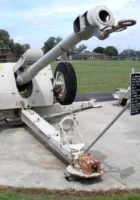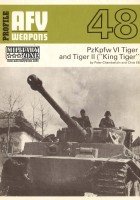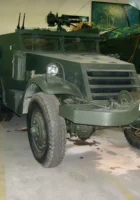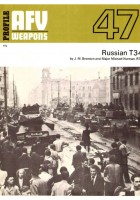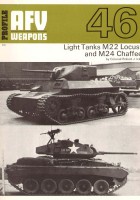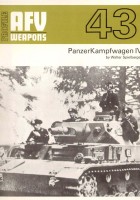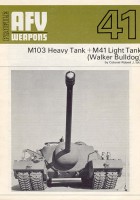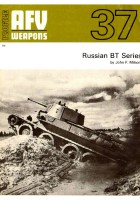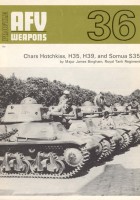The Tiger I (Tiger), diminutive of Panzerkampfwagen VI Tiger Ausführung E – Sonderkraftfahrzeug 181, char d’assaut lourd allemand en service de 1942 à 1945, est l’un des chars les plus connus de la Seconde Guerre mondiale, bien qu’il n’ait été que peu produit par rapport au T-34 soviétique ou au Sherman américain.
Ce sont ses dimensions, ses lignes très carrées, sa résistance au combat, sa puissance ainsi que les équipages expérimentés l’ayant mené au feu qui ont marqué les esprits, notamment du fait de la propagande allemande.
Its development began in 1937 and, when it first appeared on the front, on August 29, 1942, near Leningrad, the Tiger I est le char techniquement le plus avancé, le mieux protégé et le plus puissant aligné par l’Axe, affichant une mobilité limitée mais exceptionnelle pour un engin qui fait plus de deux fois le poids de ses prédécesseurs et de la majorité de ses adversaires chenillés. Mais le char lourd, outre de sa production faible, a pâti tout au long de sa carrière de sa mécanique très fragile réduisant considérablement sa disponibilité au feu, et qui, avec sa faible autonomie et son poids excessif, compliquait sa mise en œuvre opérationnelle.
Construit à seulement 1 350 exemplaires, il n’a été que rarement endivisionné mais plutôt engagé dans des unités indépendantes.
Source: Tiger I & II sur Wikipedia
